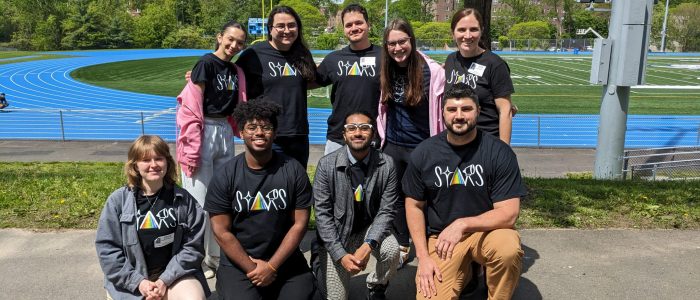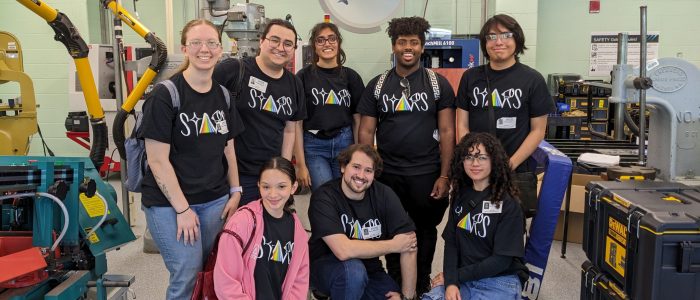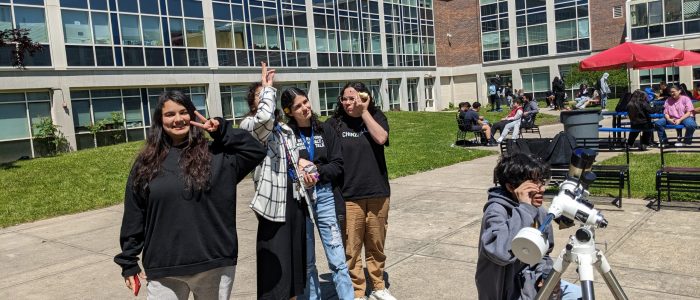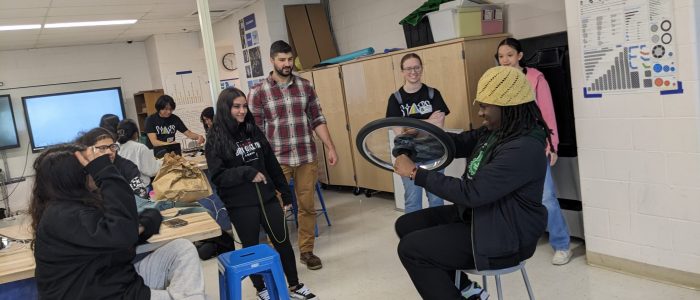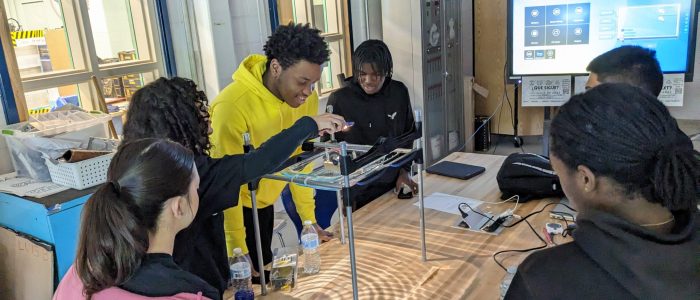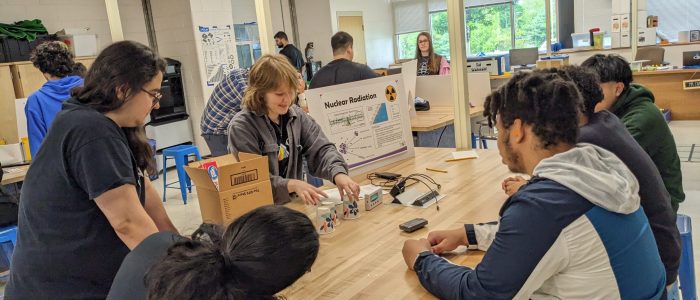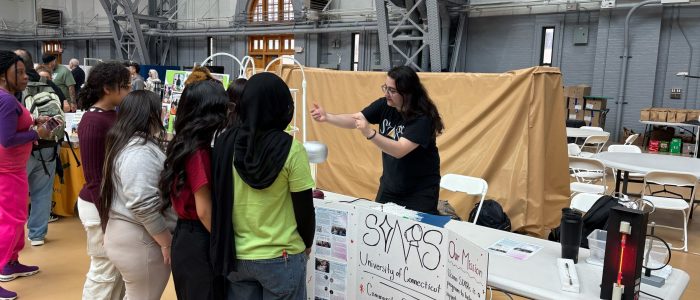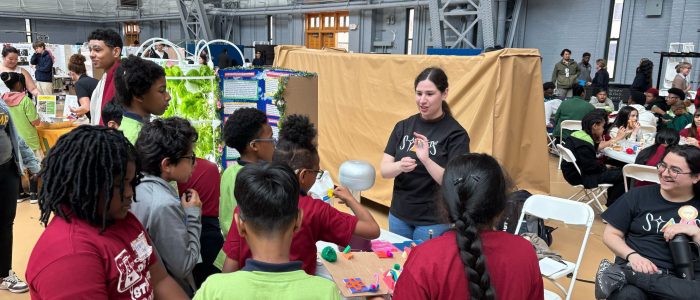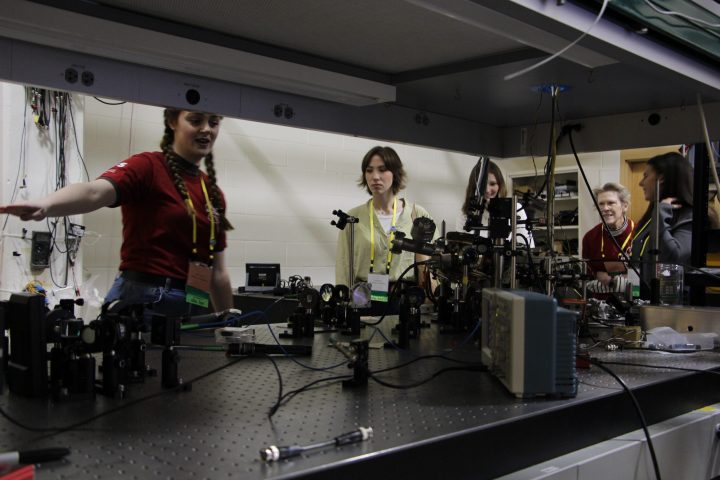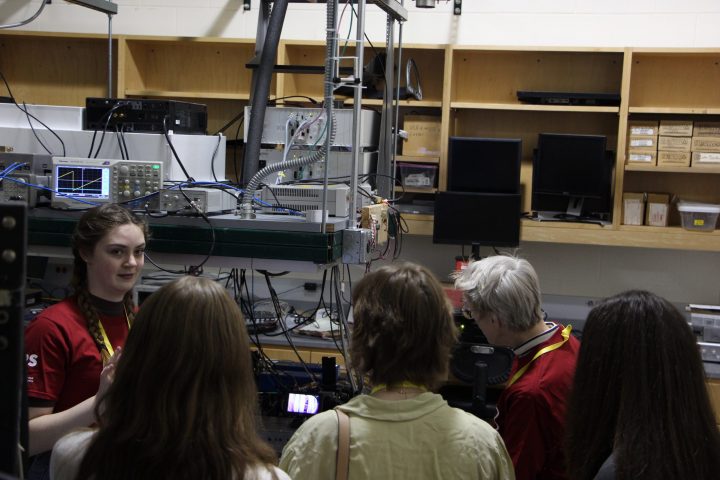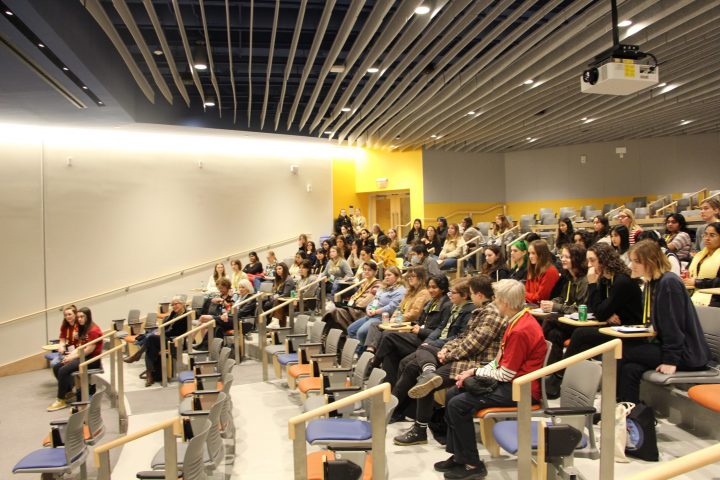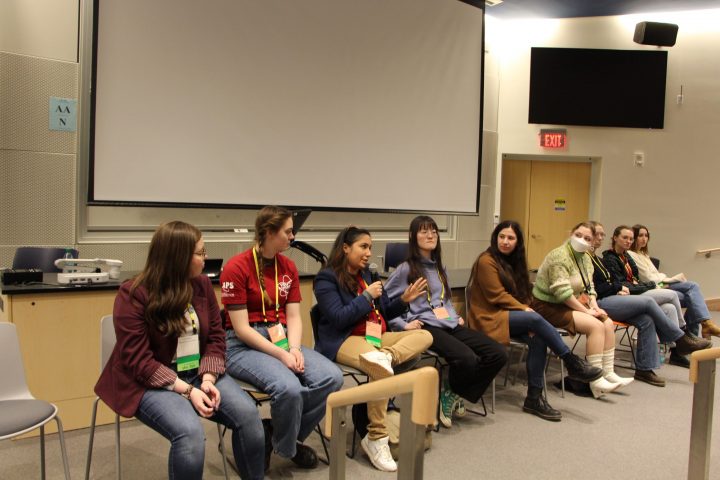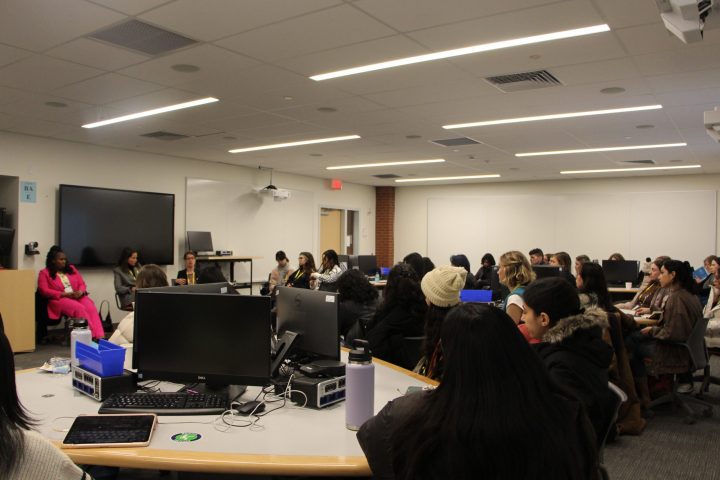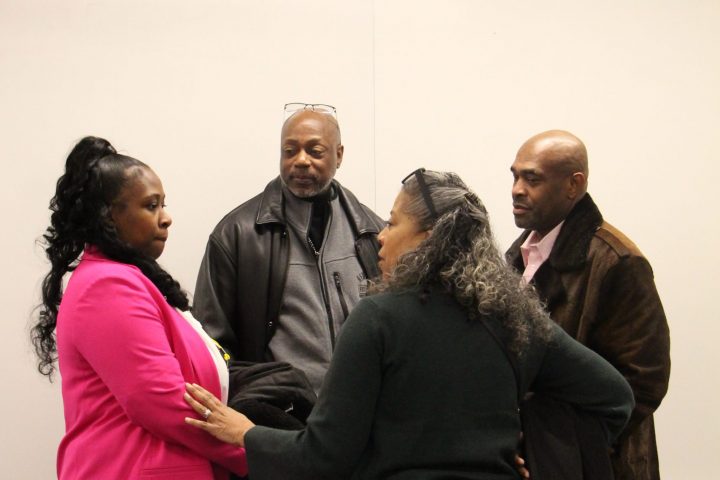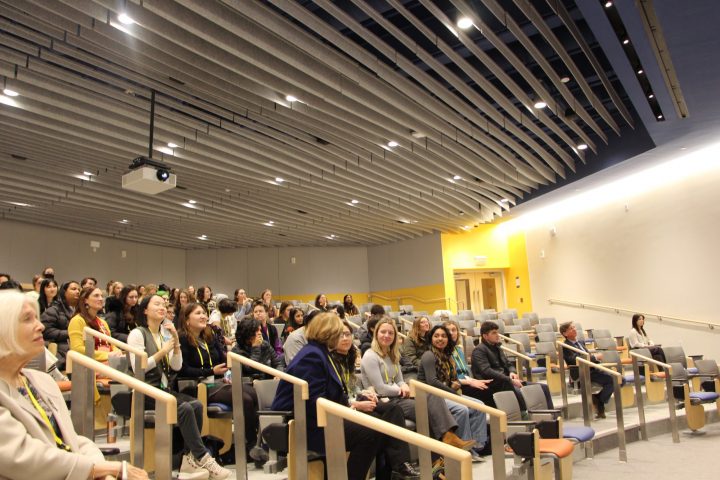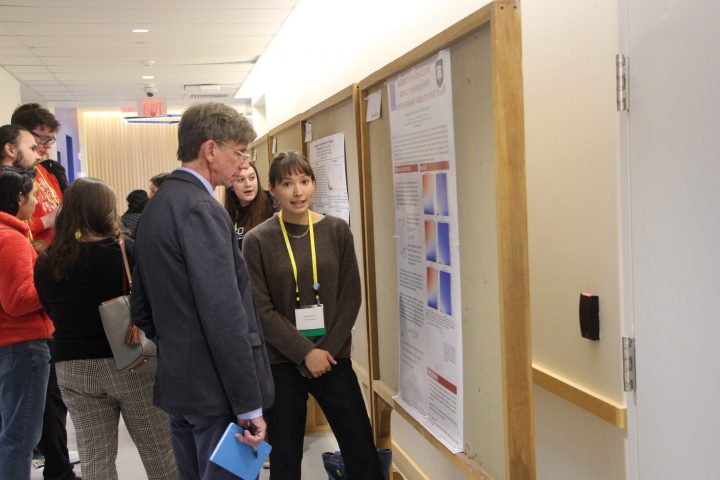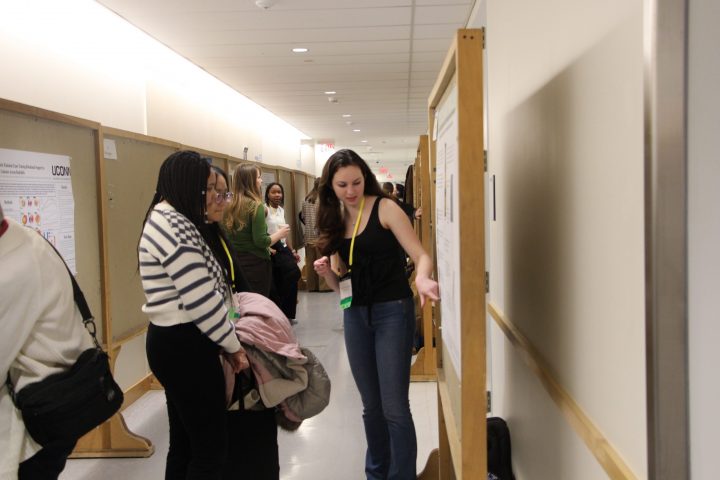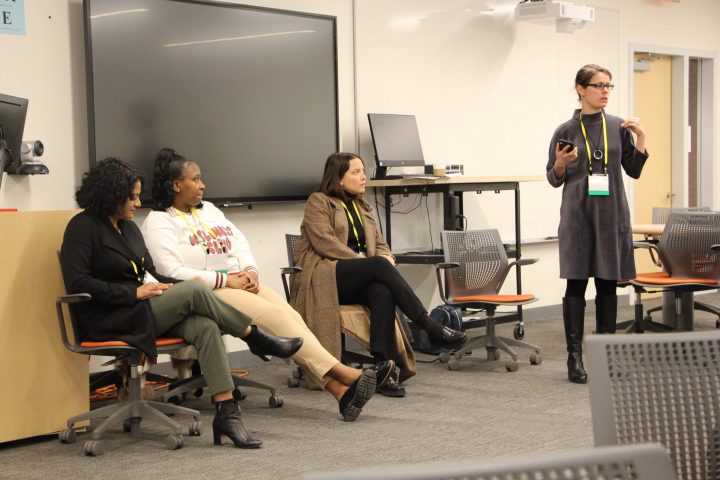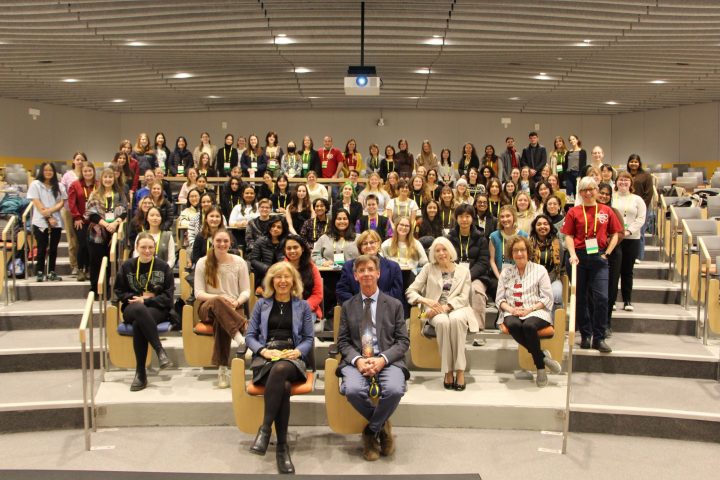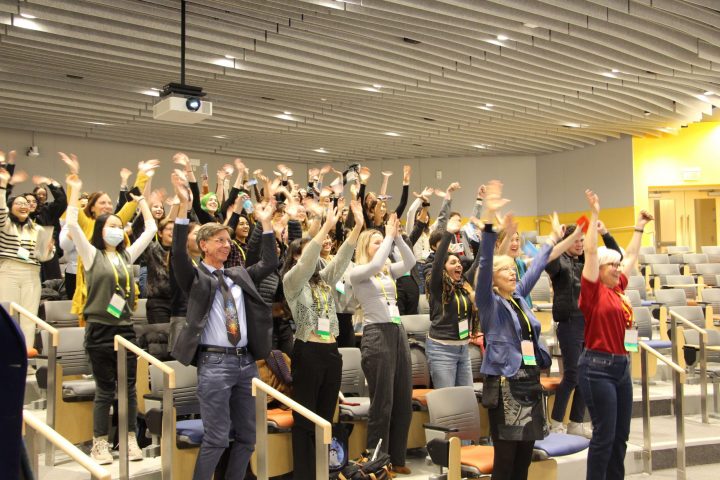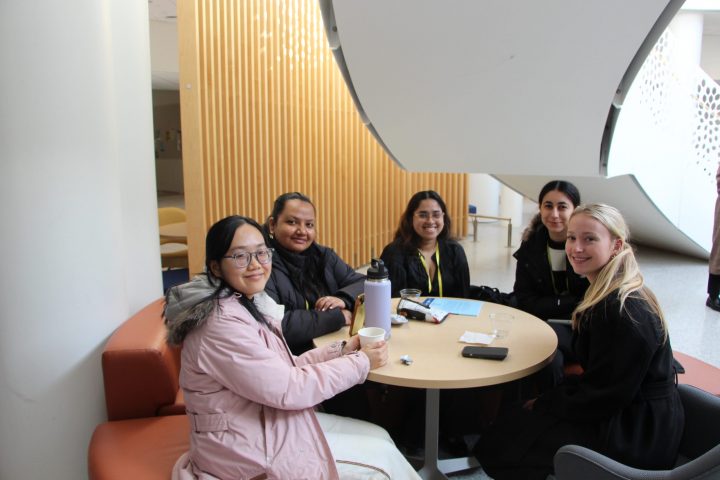The University of Connecticut, Department of Physics is proud to announce Edward Pollack Distinguished Lecture will be on Friday, November 7th, 2025. The speaker is Prof. Vladan Vuletić, Department of Physics, MIT. The title of his lecture is “The Quantum Age: From Atomic Clocks to Quantum Computers” For the time and the location of the lecture see the Web Calendar post.
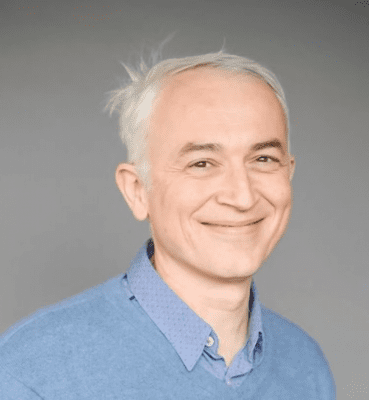 Prof. Vladan Vuletić, Lester Wolfe Professor of Physics at MIT, is a leading figure in atomic, molecular, and optical physics, with pioneering contributions to quantum science and technology. Born in Peć, Serbia (then Yugoslavia), and educated in Germany. In 1992, he earned his Physics Diploma with highest honors from the Ludwig-Maximilians-Universität München, and in 1997, a Ph.D. in Physics (summa cum laude). He then conducted postdoctoral research with Nobel Laureate Steven Chu at Stanford University as a Lynen Fellow of the Humboldt Foundation. After faculty appointments at Stanford and MIT, he rose to the rank of Full Professor at MIT in 2011. Vuletic is Director of the MIT-Harvard Center for Ultracold Atoms and Chair of the Division of Atomic, Molecular, and Optical Science of the American Physical Society.
Prof. Vladan Vuletić, Lester Wolfe Professor of Physics at MIT, is a leading figure in atomic, molecular, and optical physics, with pioneering contributions to quantum science and technology. Born in Peć, Serbia (then Yugoslavia), and educated in Germany. In 1992, he earned his Physics Diploma with highest honors from the Ludwig-Maximilians-Universität München, and in 1997, a Ph.D. in Physics (summa cum laude). He then conducted postdoctoral research with Nobel Laureate Steven Chu at Stanford University as a Lynen Fellow of the Humboldt Foundation. After faculty appointments at Stanford and MIT, he rose to the rank of Full Professor at MIT in 2011. Vuletic is Director of the MIT-Harvard Center for Ultracold Atoms and Chair of the Division of Atomic, Molecular, and Optical Science of the American Physical Society.
Prof. Vuletić’s research spans ultracold atoms, laser cooling and trapping, tests of physics beyond the Standard Model, quantum metrology, many-body entanglement, and quantum
simulation and computing. He has published over 150 refereed articles and is internationally recognized for his breakthroughs in harnessing quantum entanglement for precision measurements and for advancing neutral atom quantum processors. He is a co-founder of QuEra Computing, a leading quantum computing company developing scalable neutral-atom-based quantum platforms.
His honors include a Sloan Research Fellowship, Fellowship of the American Physical Society and of the American Association for the Advancement of Science, the Marko Jarić Prize of Serbia, Membership in the Serbian Academy of Sciences and Arts, and, most recently, the 2025 Arthur L. Schawlow Prize in Laser Science.
Prof. Vuletić continues to push the frontiers of quantum science, exploring novel ways to control and entangle quantum systems for both fundamental discovery and next generation quantum technologies.
The abstract of Prof. Vuletić lecture: Atom-light interactions are at the heart of atomic and quantum physics, enabling new applications ranging from precision measurements and quantum sensors to quantum information processing. Many of these applications rely on, or benefit from, quantum entanglement between particles, the “spooky action at a distance” loathed by Einstein. I will discuss two such applications, spin squeezing for improved atomic clocks, and quantum computing with neutral atoms.
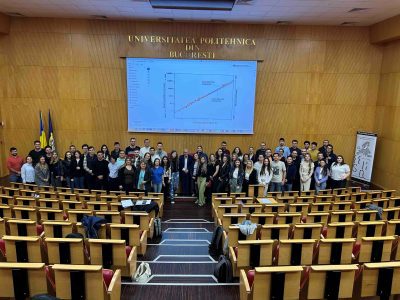
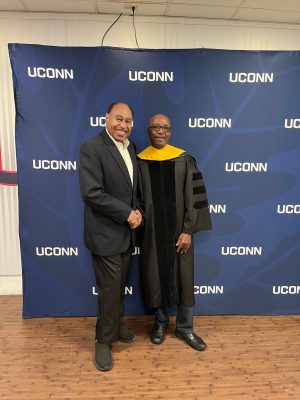 Manasse Mbonye (UConn Physics PhD 1996, Advisor: Ron Mallett) was awarded an Honorary Doctor of Science degree, and was the Commencement Speaker
Manasse Mbonye (UConn Physics PhD 1996, Advisor: Ron Mallett) was awarded an Honorary Doctor of Science degree, and was the Commencement Speaker 
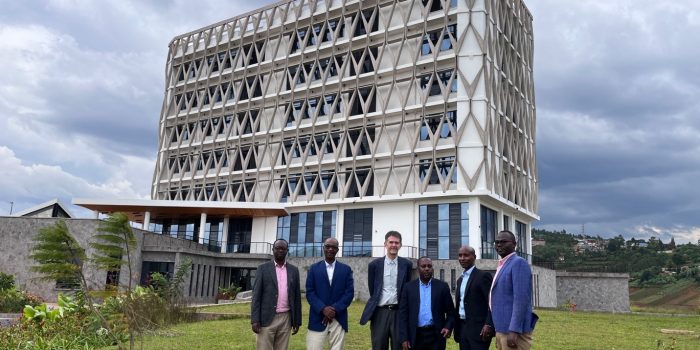
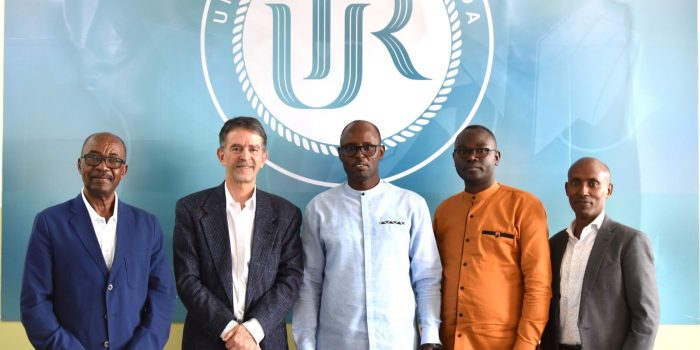
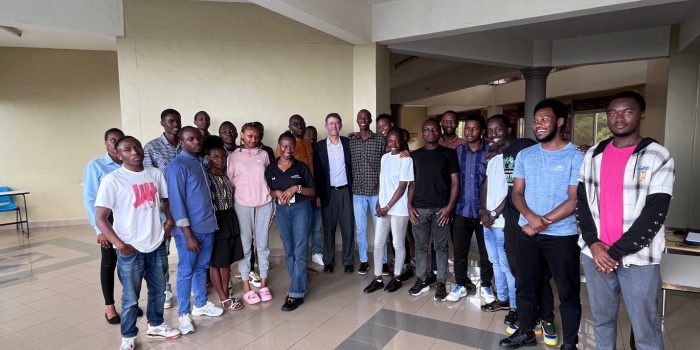

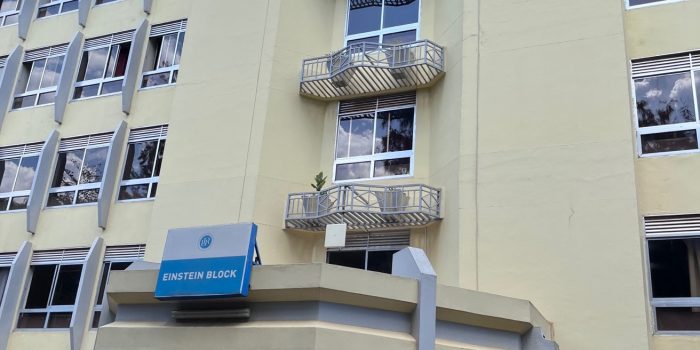
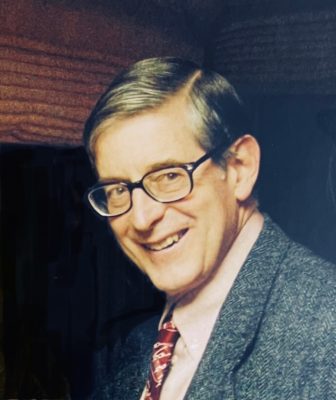 Win’s research was primarily in the field of atomic, molecular, and optical (AMO) physics. The systems he studied covered a diverse range, including: electrons; ions (both positive and negative); atoms; molecules; and photons. They also spanned a wide spectrum of energies, from relativistic to ultracold. His experiments employed a variety of tools, such as lasers, spectrometers, particle beams, accelerators, and traps for atoms and ions. Win investigated many interesting topics, including: charge-exchange collisions; highly-charged ions; molecular spectroscopy; collision-induced x-ray emission; relativistic negative ion beams; atom interferometry; linear rf traps for ions; and nonlinear dynamics (chaos). He was very productive, with his work resulting in over 100 journal publications. His latest research, performed mainly after officially retiring, involved interactions between overlapping samples of trapped ions and ultracold neutral atoms, and garnered significant attention.
Win’s research was primarily in the field of atomic, molecular, and optical (AMO) physics. The systems he studied covered a diverse range, including: electrons; ions (both positive and negative); atoms; molecules; and photons. They also spanned a wide spectrum of energies, from relativistic to ultracold. His experiments employed a variety of tools, such as lasers, spectrometers, particle beams, accelerators, and traps for atoms and ions. Win investigated many interesting topics, including: charge-exchange collisions; highly-charged ions; molecular spectroscopy; collision-induced x-ray emission; relativistic negative ion beams; atom interferometry; linear rf traps for ions; and nonlinear dynamics (chaos). He was very productive, with his work resulting in over 100 journal publications. His latest research, performed mainly after officially retiring, involved interactions between overlapping samples of trapped ions and ultracold neutral atoms, and garnered significant attention.